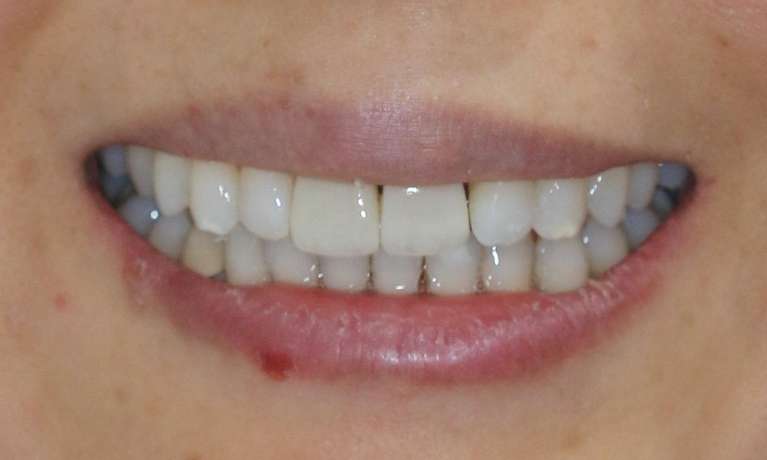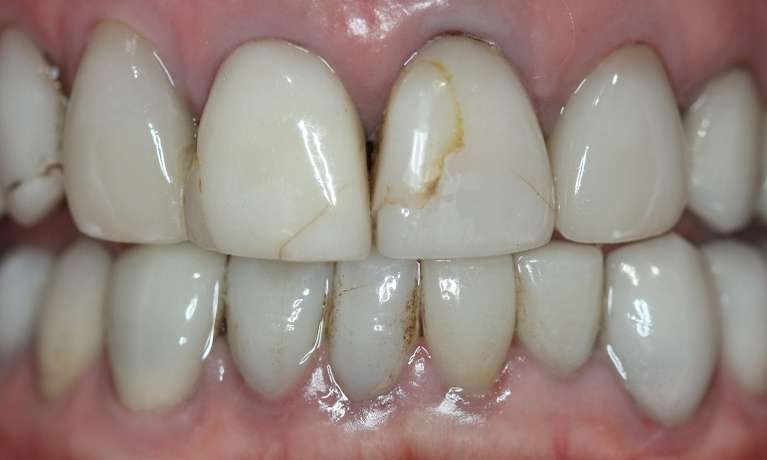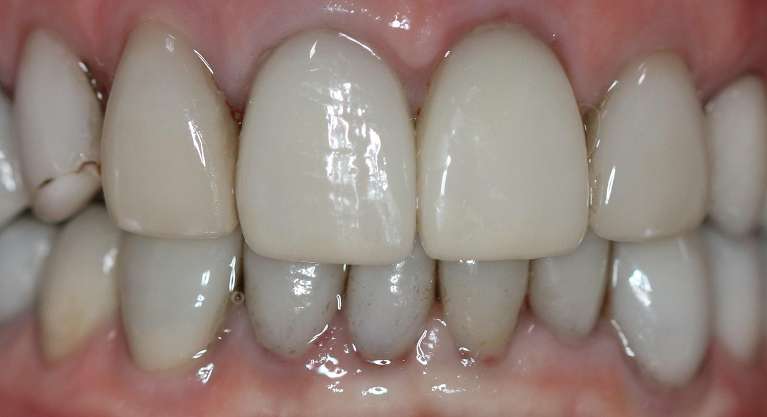Invisalign is effective in the majority of cases where teeth straightening is desired. However, an assessment by a trained dentist is required to determine this.
First, your dentist will ensure that your mouth is free of decay, gum disease and other pathology prior to starting Invisalign. If this is not the case, other dental treatment will be needed to achieve a healthy oral condition first.
Once the dentition is restored to health, an Invisalign assessment is carried out. This involves photographic records and taking a scan or impression of the teeth.
These records will then be analysed to determine how the misalignment of the teeth (maloccusion) can be corrected.
The degree of correction necessary to achieve the desired result must also be taken in consideration. If the starting maloccusion is very severe, Invisalign aligners alone might not be sufficient. Other devices might be needed to correct the bite (such as elastics or a palatal expansion device). If this is the case, an orthodontist (specialist) referral is the preferred course of action.
In cases where there is also severe jaw misalignment, jaw surgery might be needed to correct the problem and an oral surgeon needs to be involved as well.
Patients with extensive decay, untreated gum disease, many missing teeth and severe jaw misalignment must consult a dentist before commencing any aligner treatment.












